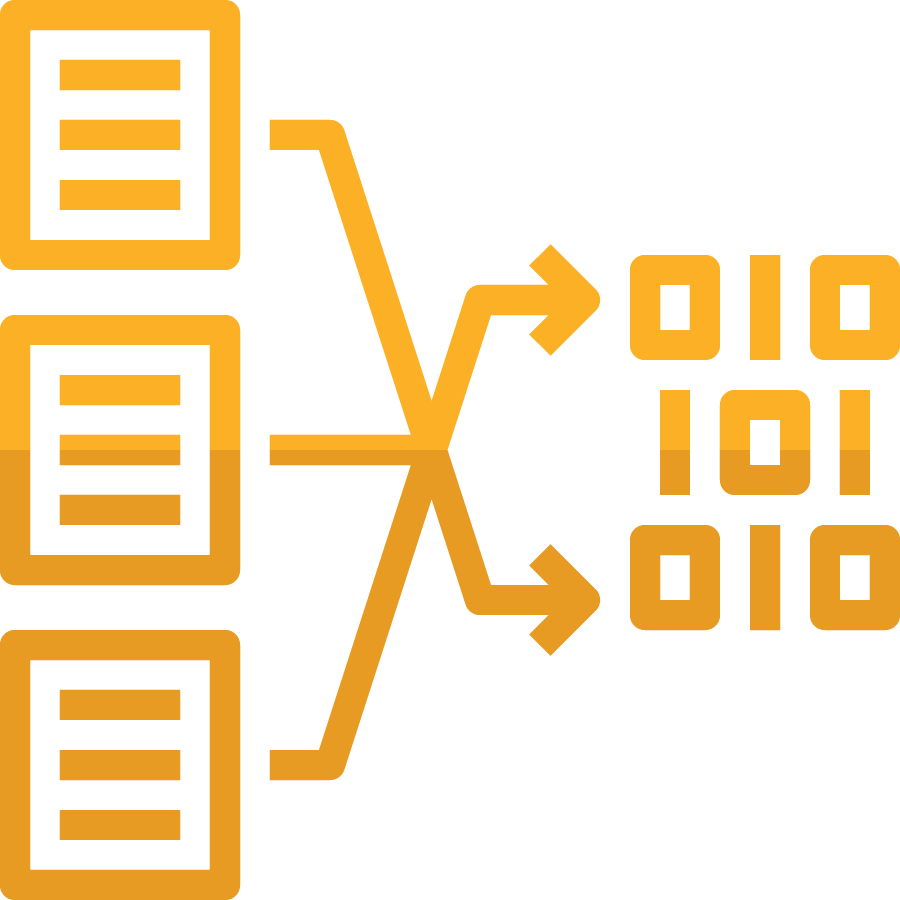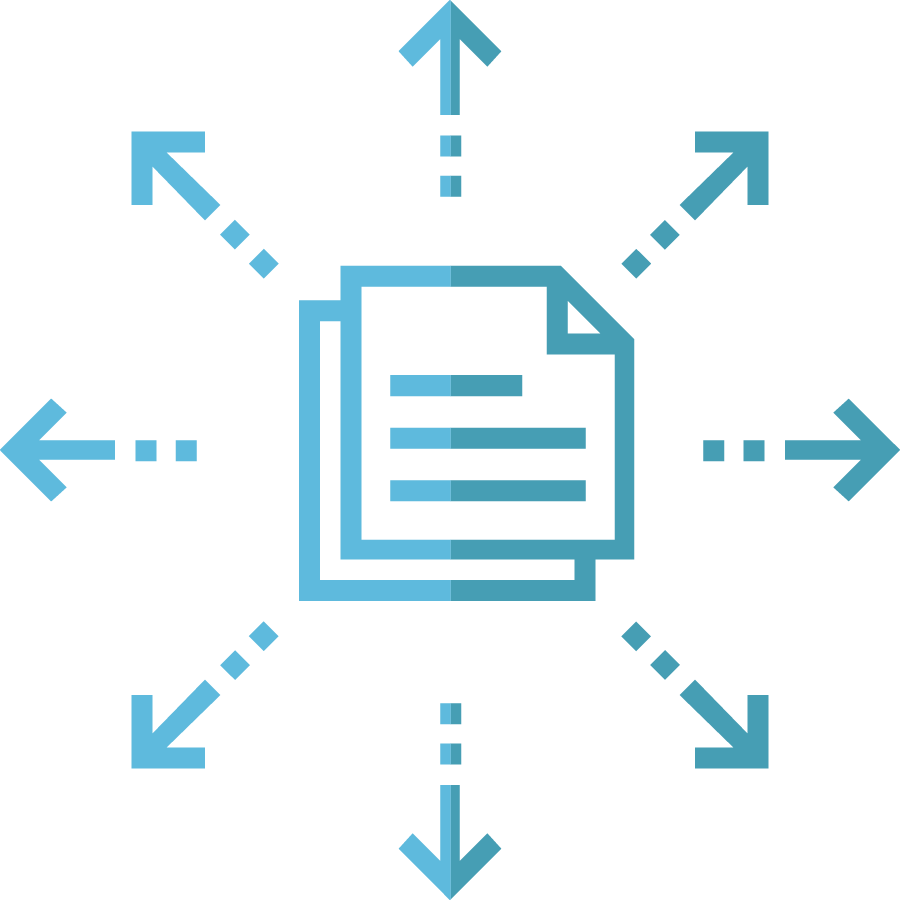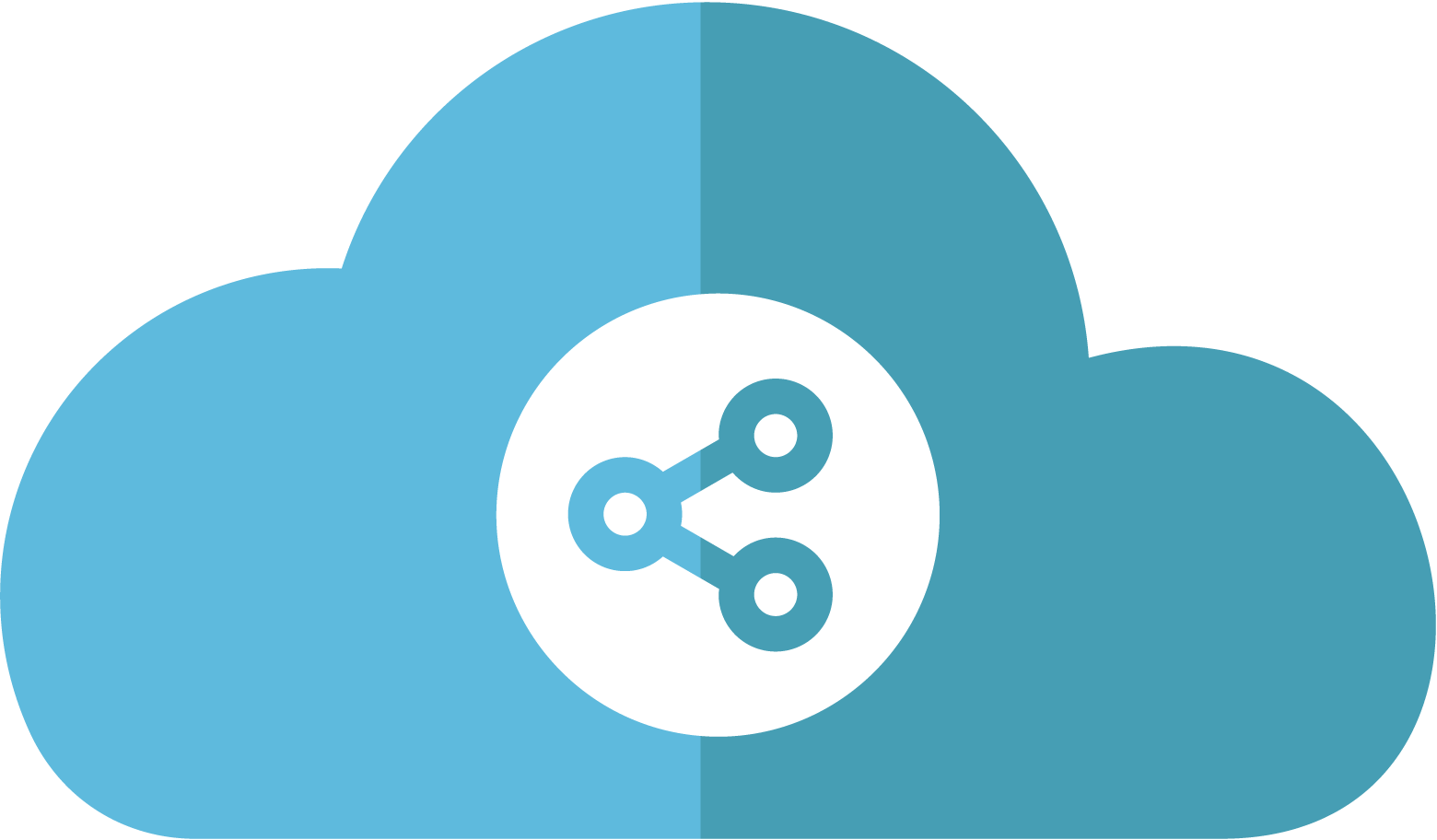Strategies are the means by which an agency can actively manage its organization, workforce, knowledge, information, data and relationships with stakeholders. They are the ways that DOTs can strengthen or build the organizational capabilities needed to deliver value to customers and stakeholders in a changing environment.
The third and final component of the ACB framework identifies strategies that can be used to build desired capabilities. Five broad categories of strategies are included:
• Organizational Management
• Workforce Management
• Knowledge Management
• Information and Data Management
• Partnerships
Each of these categories represents an individual discipline with a vast body of knowledge and many existing resources dedicated to its implementation. Therefore, the descriptions below are not intended to be comprehensive, but rather to provide practitioners with a general understanding of what they are and when they are helpful in building agency capabilities.
Organizational management strategies involve changes to organizational structure, roles, responsibilities or business processes. Some of these strategies can result in changes to the organizational structure, such as changing the ratio of staff, consultants and management personnel in an agency’s workforce. Some examples include:
• Reorganization of agency functions and creation of new organizational units
• Shifting of staff and resources to better where they are most needed
• Adoption of lean business processes to improve efficiency and effectiveness
• Deliberate change management to help the workforce adjust to new processes or systems
• Organizational performance monitoring and management using frameworks such as Baldrige or Balanced Scorecard
• Organizational culture change initiatives involving training, leadership modeling and reinforcement to support learning, innovation, and/or collaboration.
Workforce management strategies seek to align the workforce with the needs and goals of the organization. They are developed based on an understanding of current staffing, likely future changes due to retirement and attrition, and future needs. These strategies include:
• Workforce planning and position management to identify gaps in skills, and ensure that position descriptions reflect current job requirements.
• Professional development and training to improve and expand the skills of existing staff, including management personnel
• Recruiting and retention plans to attract staff with needed skills and retain them long-term
• Succession planning to minimize disruption caused by retirements and to eliminate key person dependencies
• Employee engagement efforts to improve staff morale and performance
Knowledge management includes strategies and methods for building and sustaining knowledge and experience of both employees and partners that will enable the agency to continue to carry out its mission efficiently and effectively despite disruptions or staff turnover. Common knowledge management strategies include:
• Mentoring, shadowing and apprenticeships to broaden staff skills and understanding
• Knowledge capture through expert interviews and after-action reviews
• Knowledge documentation such as desk manuals, business process diagrams and an archive of lessons learned
• Electronic knowledge bases such as portals, wikis, or content management systems
• Social and learning communities organized around specific topics of interest
• Coaching and training to cultivate a learning culture
Information and data management strategies need to address the full data and information life cycle, including planning, collection, creation, organization, use, storage, dissemination and disposal. Strategic planning related to data and information management can ensure that transitions to new data sources and adoption of new systems are accomplished in a coordinated fashion. Key information and data management strategies include:
• Developing a well-defined data governance structure to oversee data management policy, strategy and tactics
• Creation of strategic plans for information technology and data
• Establishment of an information architecture and standards to ensure consistency across the organization
• A plan for deployment of systems and processes for data integration to ensure implementation proceeds smoothly and involves all stakeholders
• Efforts to improve data access across the agency to reduce duplication and derive maximum value from data
• Improvements to reporting and analysis tools and methods
• Consistent management of records and content, incorporating search capabilities to facilitate information access
Building and managing external partnerships is a key strategy for state DOTs to access specialized skills, provide agility, leverage new technologies, share data, collaborate on special initiatives and maximize resources in a constrained funding environment. Partnership strategies can include:
• Use of public-private partnerships for specific types of work or projects; some DOTS have created a special office to facilitate innovative public/private partnerships
• Development of interagency agreements or Memoranda of Understanding to combine or leverage resources for a variety of purposes
• Development of data sharing agreements between agencies to reduce collection costs
• Establishment of partnerships with Universities or private firms to provide capabilities that would be difficult to develop or sustain within the DOT




